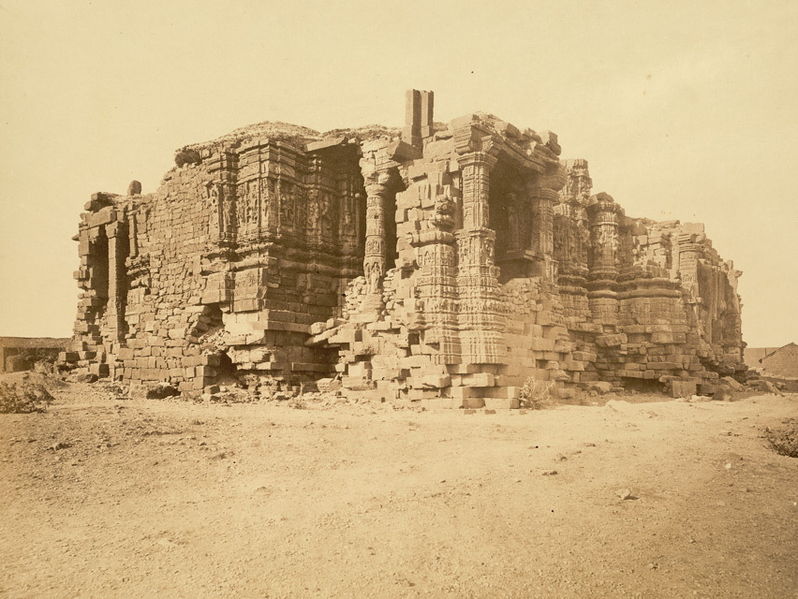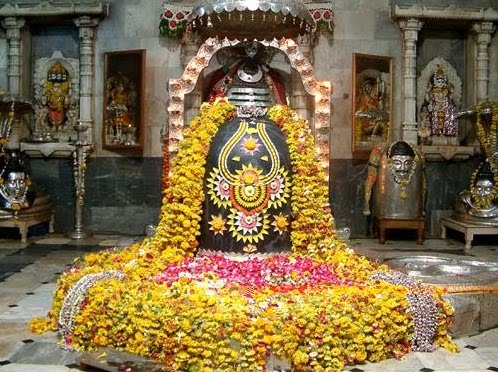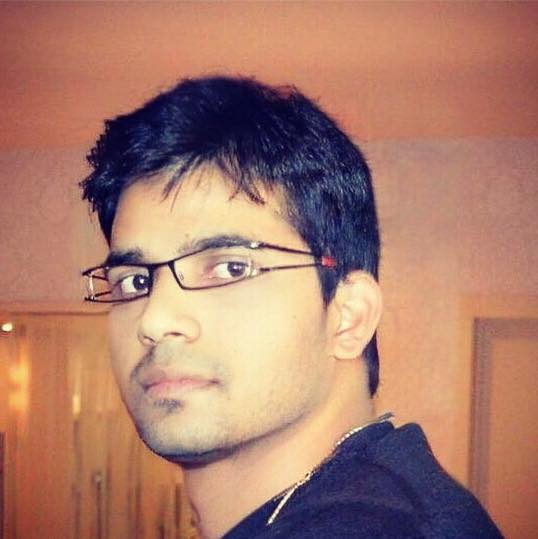Somnath JyothirlingaTemple situated near Veraval in Gujarat on the Arabian sea is known as the Shrine Eternal because it has been destroyed 6 times and rebuilt 6 times.
Shrine’s History
History of Somnath town is so completely dominated by the History of Somnath Temple that it would not be an exaggeration in the least to say that they are synonymous. Not much is known about the early History of Somnath. However, it is popularly believed that the first temple existed even before the commencement of the Christian era. The second was built in the period 480-767 A.D. by the Vallabhi kings. This was again replaced by the Pratihara king Nagabhattta II in 815 A.D. The Somnath temple which enshrines one of the twelve Jyotirlingas was so highly revered that people from various nook and corners of the country came to offer their prayers here. As many as 2000 Brahmin priests were engaged in temple activities and the revenue collected from ten thousand villages were used for its maintenance. Prayers were announced by ringing the bell which was attached to a golden chain. Its walls were nothing less than pages of History.
The exquisite sculptures were a reflection of the times and the pillars even had the names of the sculptures carved on them. Unfortunately what happened in the year 1025 was a very unfortunate event in the History of Somnath. Muhammad of Ghazni invaded the city and in spite of the valiant resistance put up by fifty thousand Shaivites, the temple was looted and razed to the ground. What was regarded as an architectural masterpiece was demolished brutally? King Bhima of Gujarat and King Bhoja of Malwa then took upon themselves the noble task of renovating this fine edifice in red sandstone.
However it was fated to be destroyed once again by Alaf Khan in 1300 A.D., This time, King Mahipala belonging to the Chudasama dynasty renovated it. Thereafter also the History of Somnath is punctuated with episodes of destruction and reconstruction at various points of time in the 14th, 15th and 16th centuries. Finally, the temple was once again ruined in 1706 by Mughal Emperor Aurangzeb. After that more than two hundred years passed before Sardar Vallabhbhai Patel finally took upon himself the responsibility of constructing it once again in the year 1947. Much to the glory and pride of not just Somnath but of the whole of India this stunning temple was once again reincarnated. Presently this “Shrine Eternal” is visited by a large number of pilgrims as well as by common tourists. So without further delay, you too can plan your Tour to Somnath to witness this majestic temple

Legends Associated with This Shrine
According to the legends, Soma or the Moon God built the temple in gold, Ravana in silver, and Shri Krishna in wood. Soma was cursed by his father-in-law Daksha to wane because Soma loved only one of his wives, all of which happened to be Daksha’s daughters. His other wives complained about this negligent behavior of Soma to their father Daksha, and thus the curse. He then built a Shivlinga at the Prabhas tirth (pilgrimage) and prayed to Lord Shiva who removed the curse partially. Thus, causing the periodic waning of moon. Pleased by the prayers Soma (Moon), Lord Shiva decided to rest in that Lingam till eternity, and thus the Jyotirlingam.
It is observed thatbetween Somnath and south pole there is only sea, no land.
Triveni Ghat in Somanth is the confluence of three holy rivers Kapil, Hiran and a mystical River Saraswaty. It is believed that the rivers flow to the ultimate destination of Sea from here. This symbolises the human birth, life and death. This is a sacred place. It is believed that the bath in the waters at this Ghat offers relief from all curses and ills happened. It is an important place to pay homage to ancestors, Pitrutarpan, as it holds high religious importance for tarpan for the ancestors. In Chaitra and Bhadrapada months of Hindu calendar huge crowds are seen here. In Hindu religion feeding fish is regarded as a talisman for getting wealth and prosperity. People can be seen feeding fish here


Shrine’s Map Location and How to Go There
By Road
Somnath to Veraval- 7 kms,Bombay- 889 kms, Ahmedabad- 400 kms, Bhavnagar- 266 kms, Junagadh- 85 kms, Porbandar- 122 kms.
By Rail
Nearest railhead is Veraval
By Air
Nearest airport Keshod- 55 km. At present Jet Airwais operates passenger flight from Mumbai
Shrine Timings
Timing for Darshan at Somnath Temple : 6.00am to 9.00pm
Timing for Aarti : 7.00 am, 12.00 Noon and 7.00 pm
Events Celebrated at This Shrine
Somnath celebrates a large fair on the day of the full moon of Kartik Purnima in November/December. Maha Shivratri in the month of March is also a major festival here.














































